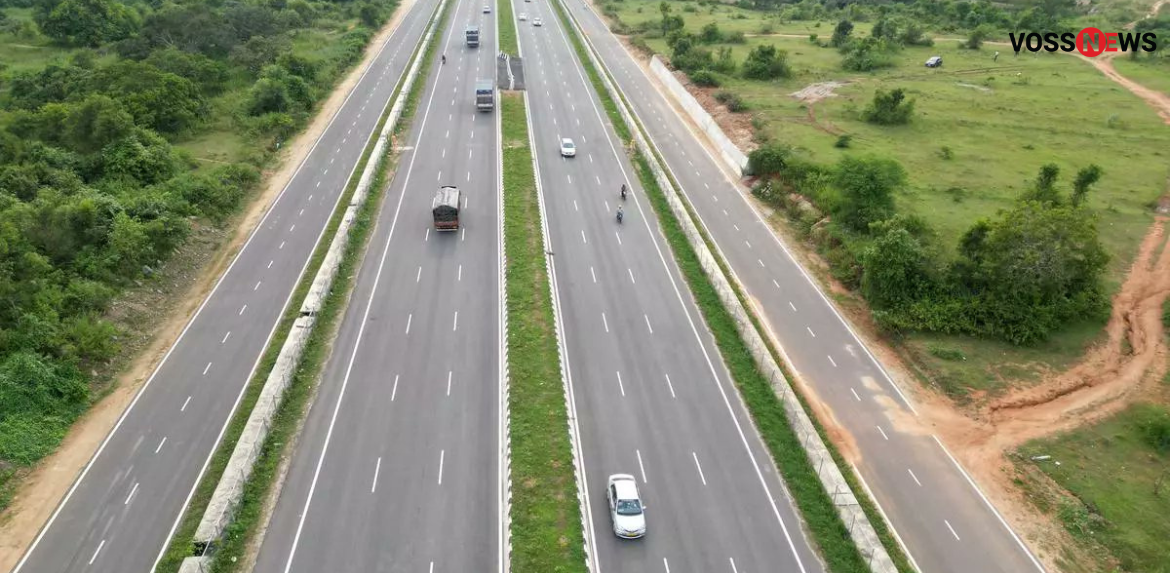For years, citizens of the Republic of South Sudan have hoped for their government to construct roads connecting major towns to the capital city. This dream has been consistently hindered by decades of political turmoil and civil war.
In the past, the government initiated an oil-for-roads program with Chinese highway contractors. However, there was little clarity regarding the volume of oil exchanged for road construction. Questions remain: How many kilometres of roads are covered under this program? What is the total amount of money involved? And what is the duration of the contract?
Citizens couldn’t find answers from either the contractors or the government. However, an alarming incident occurred along the Juba-Rumbek highway, just a few kilometres from the city. One heavy rain washed away the tarmac overnight, raising doubts about the standards of the roads being constructed.
Currently, the government is overwhelmed and unable to consider constructing any new roads until further notice. The ongoing conflict in Sudan has further weakened South Sudan economically, leading to significant internal conflict within Juba, compounded by the country’s deteriorating political condition.
Given that we cannot wait indefinitely for a solution, I propose that the government utilise the PPP model to construct major highways connecting towns and borders. We have seen the success of this model in the region, as evident in projects such as the Entebbe Expressway and the Nairobi-Mombasa Expressway.
I advocate for a hybrid PPP model to address specific challenges associated with such initiatives:
A. Realistic Path Forward: Hybrid and Phased Approach
- Start with the Most Viable Corridor: Focus on the most economically critical routes first, such as the Juba-Nimule Road (linking to Uganda), Juba-Nadapal Road (connecting to Kenya), Juba-Akobo-Nasir-Gambela Road (linking Ethiopia), Juba-Wau-Rajah Road (linking Sudan and the C.A.R), Kaya-Yei-Yambio Road, and the Juba-Bor-Malakal corridor. These routes currently have the highest traffic and economic potential.
- Implement a Hybrid PPP Model (Availability Payment with Shadow Tolls):
- A) The government would make consistent Availability Payments to the private partner, funded by a dedicated portion of oil revenue
- B) Additionally, a “Shadow Toll” system could be implemented, in which the government pays contractors a fee based on traffic volume, without charging users at a toll booth. This incentivises operators to maintain the road effectively, attracting more traffic.
- Leverage Multilateral Development Banks (MDBs)
- A) Collaborate with institutions like the World Bank, African Development Bank, or African Finance Corporation.
- B) These organisations can provide:
- C) Credit Enhancement: Offering partial risk guarantees to cover political risks, making private investors more comfortable.
- D) Co-investment: Providing concessional loans to improve the project’s financial viability. E) Prioritise Robust Legal and Institutional Frameworks: F) South Sudan must develop a clear, transparent, and trustworthy PPP law and regulatory body, as this is essential to attracting credible international partners.
Conclusion
While it is not a magic bullet, it could be a crucial tool for unlocking the country’s economic potential if implemented correctly.
The key to success lies not in the engineering aspects, but rather in governance:
- A) Mitigating political and security risks is the first step.
- B) Establishing a transparent and credible legal framework is essential.
- C) Structuring a financially realistic model that does not overburden the state or its citizens is critical.
- D) Partnering with international financial institutions is likely the only way to make such a project attractive to private capital in the short to medium term.
The Opinion written by: Deng Daniel, a South Sudanese Entrepreneur.

